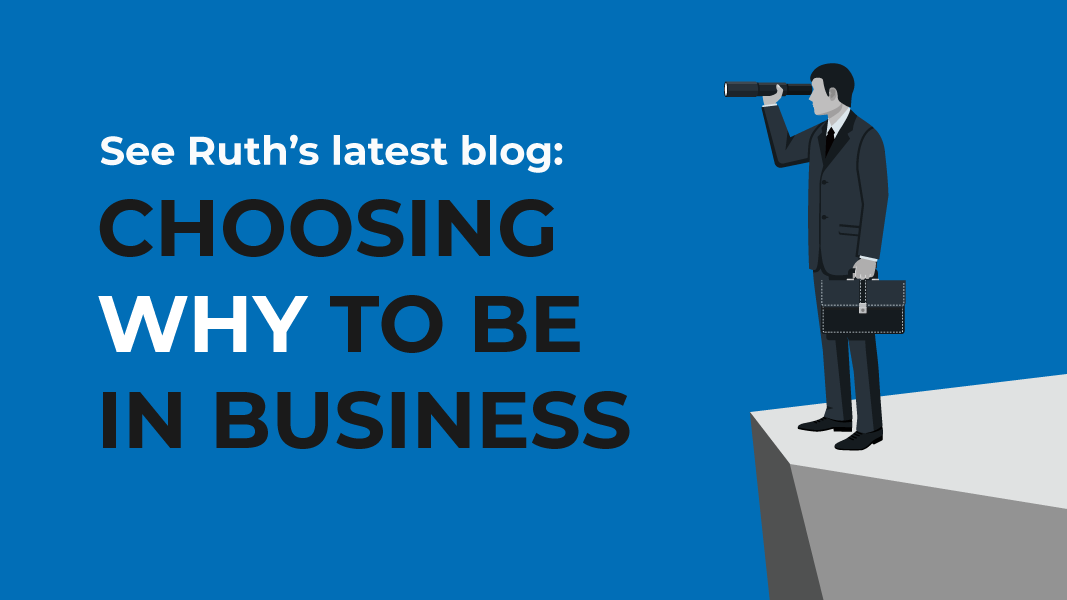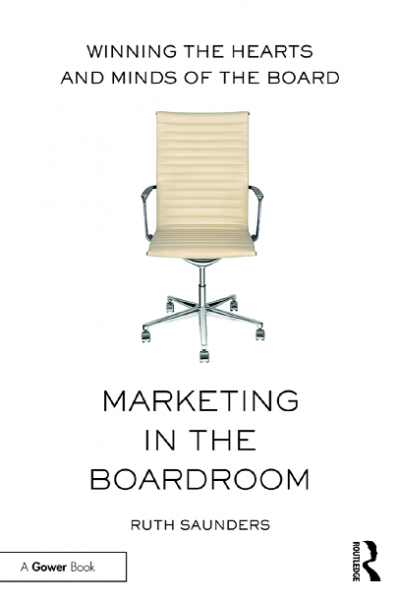
Why choose ‘why’ to be in business
Getting people’s attention can be tough. But getting them to convert their attention into action can be even tougher.
In 2015, more than 170,000 brands were advertised in the UK, equating to almost 500 new and different brands advertising each and every single day of the year. We are so inundated by choice that it can take something special for a brand to stand out and be attractive enough to change people’s behaviour.
Savvy marketers know that they can’t please everyone. Instead, they need to create a strong brand purpose – by deciding what business they’re in, which customer segments to attract, and what attributes they need to invest in to make the business customer-centric.
The power of a strong brand purpose
A strong brand purpose helps companies define what business they’re in, which customers they are targeting and what they are offering them to better meet their needs.
Internally, it helps to communicate a clear, consistent strategy of what the brand stands for and where it’s going, which helps to galvanise cross-functional teams. Additionally, it helps to convey to employees that they are doing something worthwhile every day, above and beyond making money, cultivating internal belief and pride.
Externally, it helps to ensure that scarce innovation and marketing resources are focused on creating a superior product or service experience that their chosen customer segments will love. If done well, this will encourage customers to switch and stay loyal and in turn deliver strong, sustainable sales growth.
Some real life examples
Amazon’s vision is to be “The earth’s most customer centric company – a place where people can come to find and discover anything they might want to buy online.” Amazon has delivered this by focusing its resources on the things that matter most to its customers – namely by building the largest online shop packed with ‘great value’ prices on millions of items, supported with ‘a highly personalised service’.
QVC has more than 1 million customers in the UK, with 96% of its revenues coming from repeat business. Its phenomenal growth journey stems from a relentless focus on its three core pillars – Quality, Value and Convenience – hence its name QVC. It offers “quality” brands at a great “value” price, alongside superior ‘convenience’, by enabling customers to shop for great deals from their sofa ‘just by the click of a button’.
M&S Simply Food has focused on giving its more discerning customers higher quality food with a steady flow of new, innovative recipes to try. From a quality perspective, M&S Simply Food offers ethically sourced and competitively priced restaurant-quality food. From an innovation perspective, it refreshes a quarter of its entire food range each year, using its chefs to search the world for new exotic recipes that its customers will want to try.
Creating a strong brand purpose
To create a strong brand purpose, marketers should identify what their chosen customer segments are looking for when shopping the category. They should then focus their scarce innovation and advertising resources on delivering these, as part of the everyday customer experience.
Next, they should distil this into a compelling brand essence. In part, this brand essence should be rational – it should demonstrate what is being offered that is rationally superior to what’s on offer today. But it should also be emotional – it should adopt a brand personality and tone that is emotionally attractive to its target audience and distinctive to competitor brands, thereby making it difficult for competitors to copy.
Additionally, marketers need to develop signature products and services that better meet the needs of their customers. This can include offering superior products, or making the offer more accessible, or delivering the offer at a better price, or giving customers a superior service experience. Essentially, the brand should deliver something tangible that will make people want to switch and stay loyal.
In summary
It’s important for marketers and Boards to be aligned on what the brand purpose is, and thus on where – and importantly where not – they should be investing for growth. This enables everyone from the top down to be aligned on which direction to take, as well as on what needs to be done and how to do it.
In this way, Boards can focus their investment on doing fewer, bigger, better initiatives well – rather than behave in a ‘mass average’ way – and in turn build compelling brands that deliver a truly superior customer experience.
The author
Ruth Saunders uses her 30 years of experience as a strategy consultant at McKinsey, marketer at P&G, advertising planner at Saatchi & Saatchi and market researcher at Mars Inc, to help clients be ‘On Point’.
She is a marketing and branding consultant, trainer, speaker and coach.
She is also the author of “Marketing in the Boardroom: Winning the Hearts and Minds of the Board” published by Routledge.
See Ruth’s discussions on Twitter.

Read more from Ruth
Own your own copy of Marketing in the Boardroom, which helps marketers to be more commercially credible and thereby more successful in the boardroom
Read more from Ruth
Own your own copy of Marketing in the Boardroom, which helps marketers to be more commercially credible and thereby more successful in the boardroom
